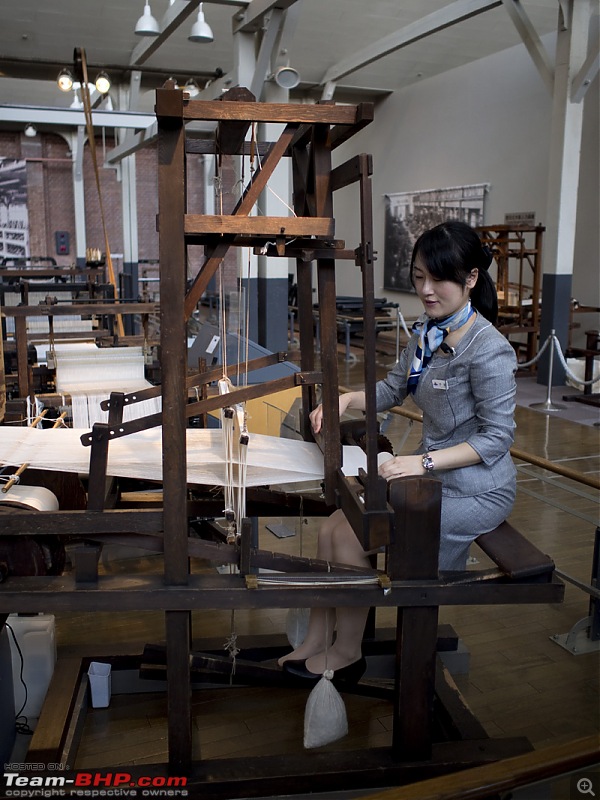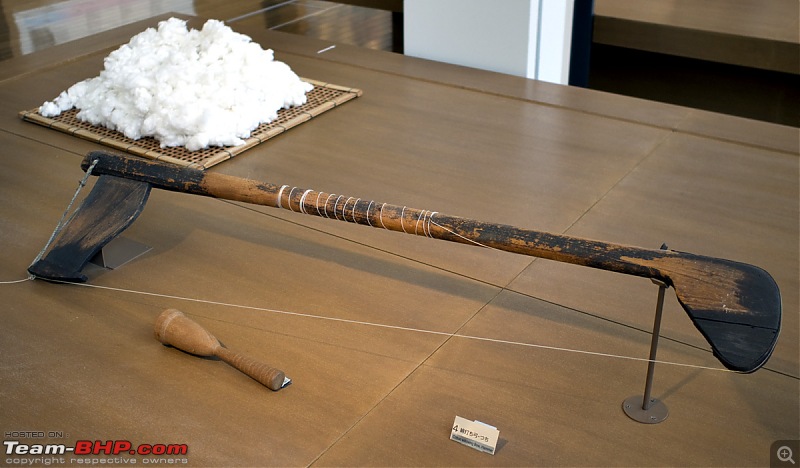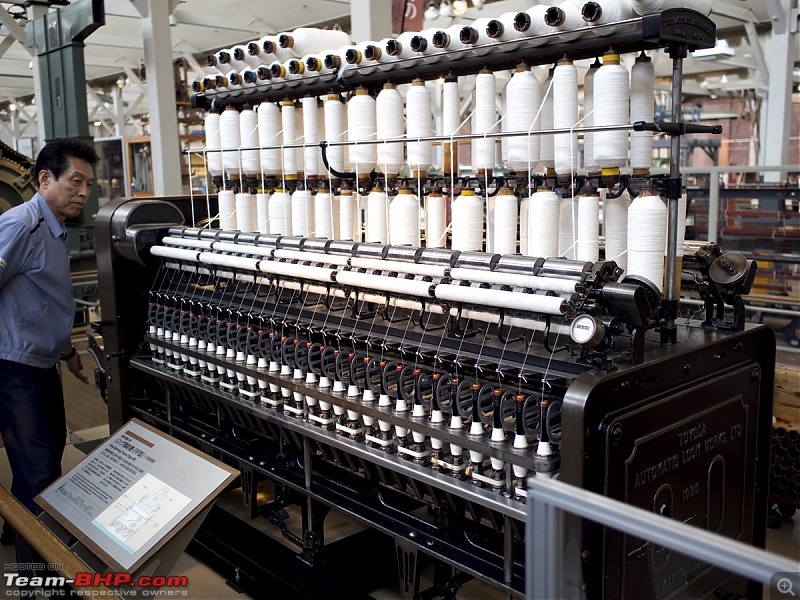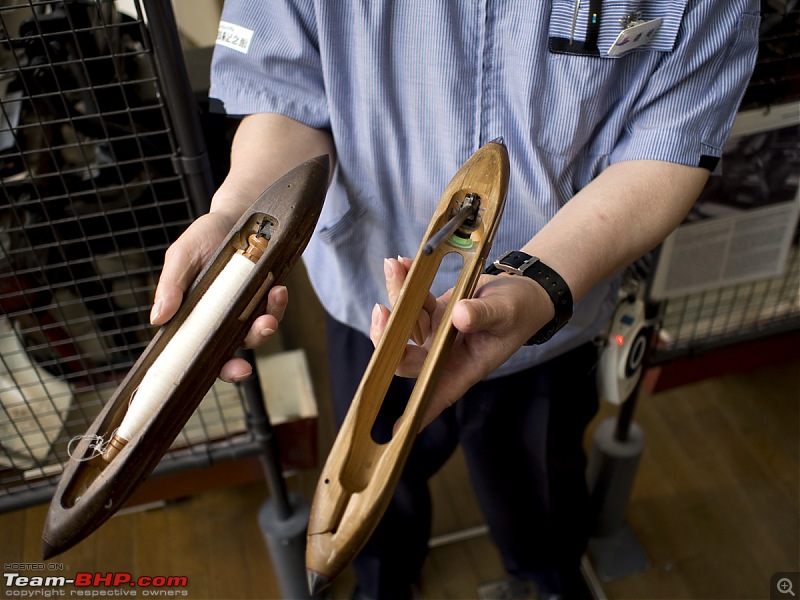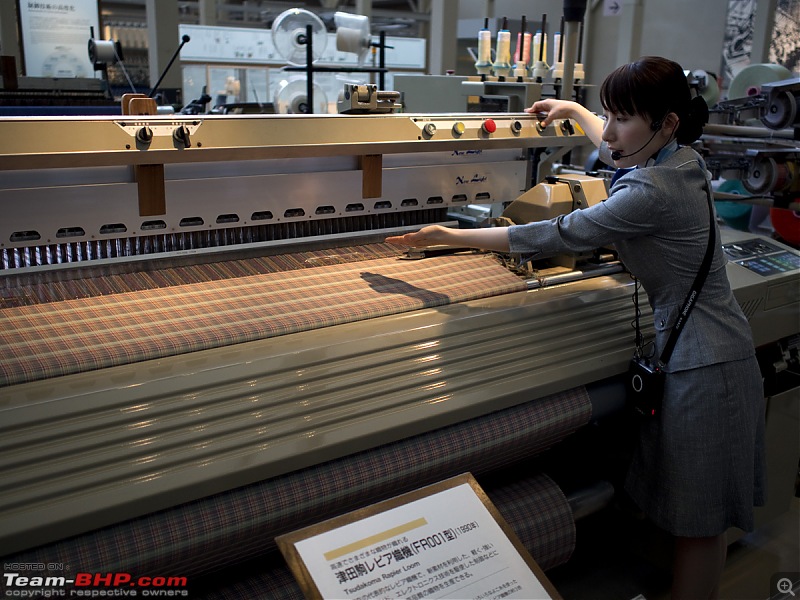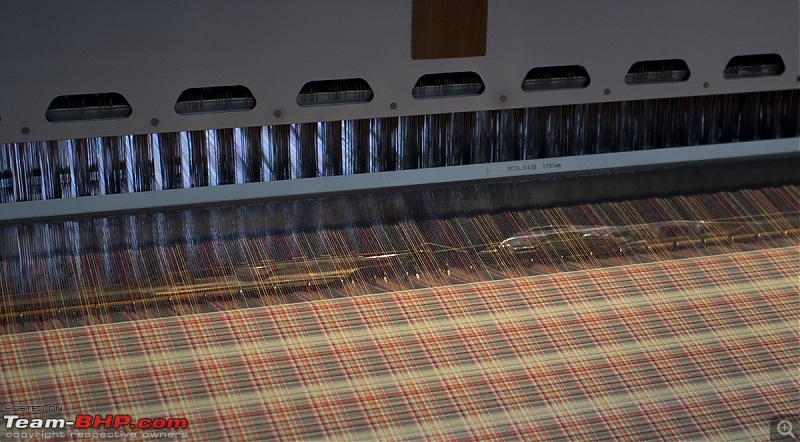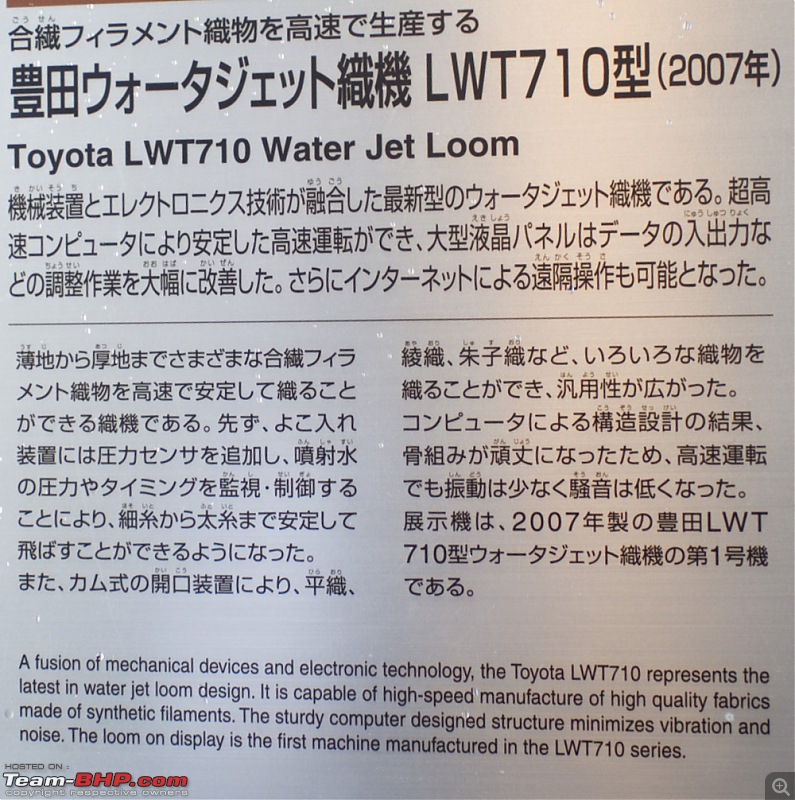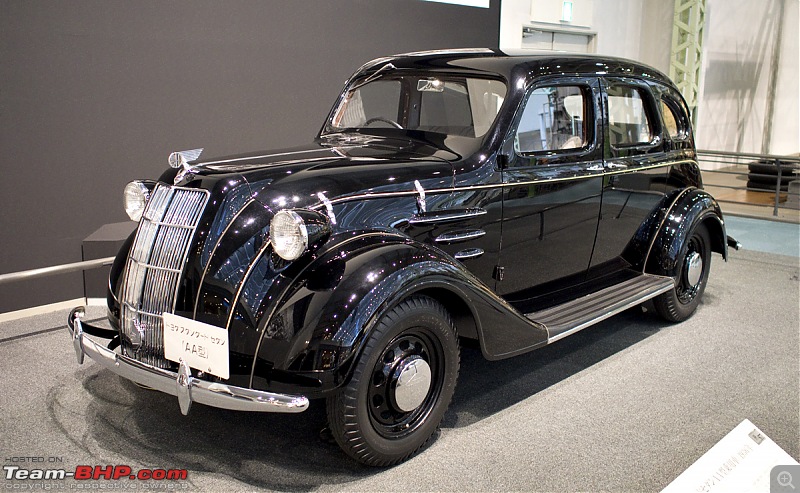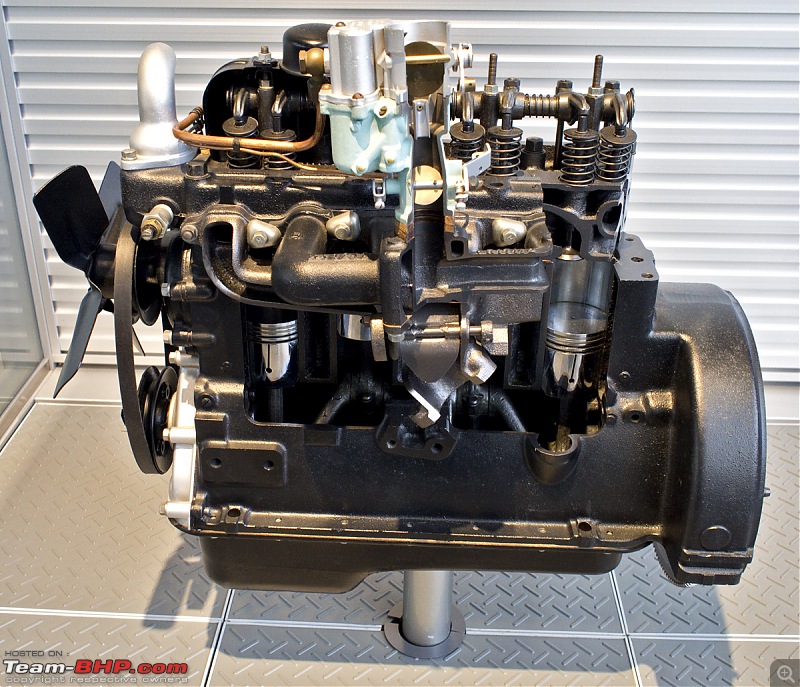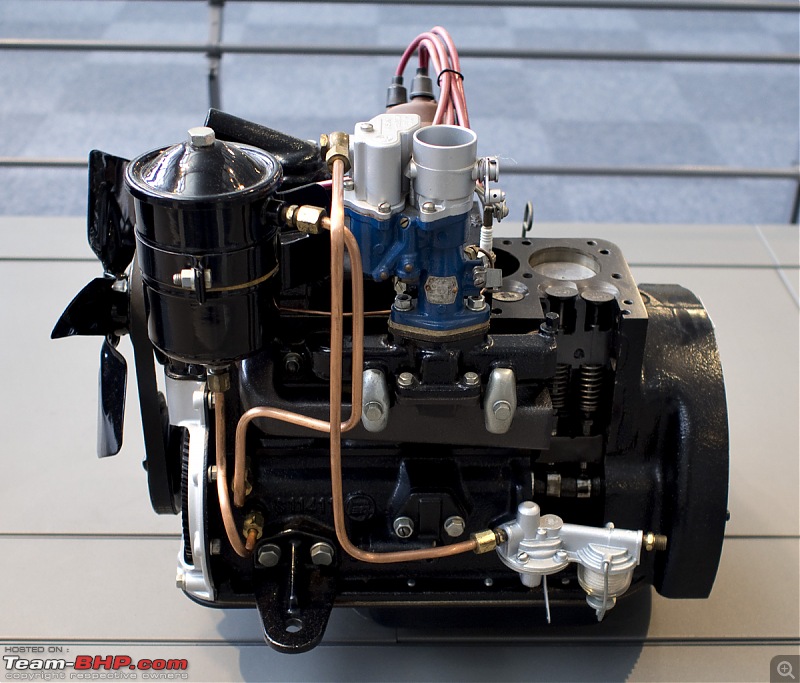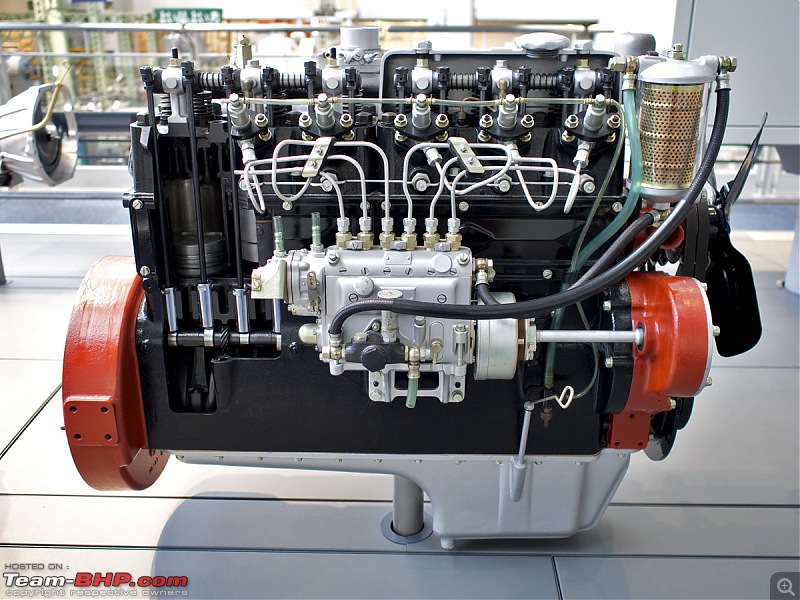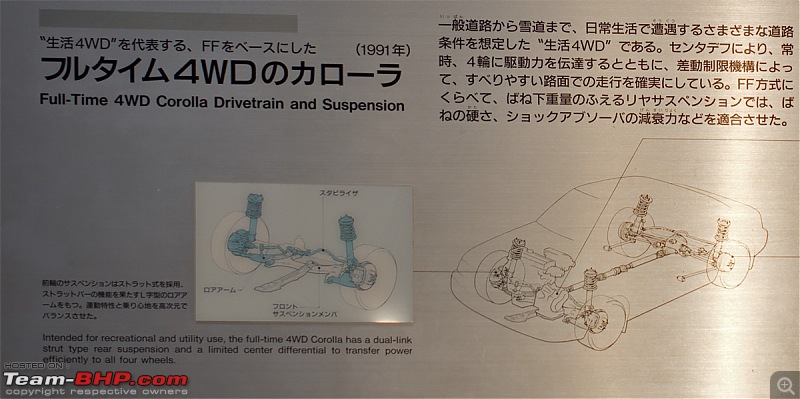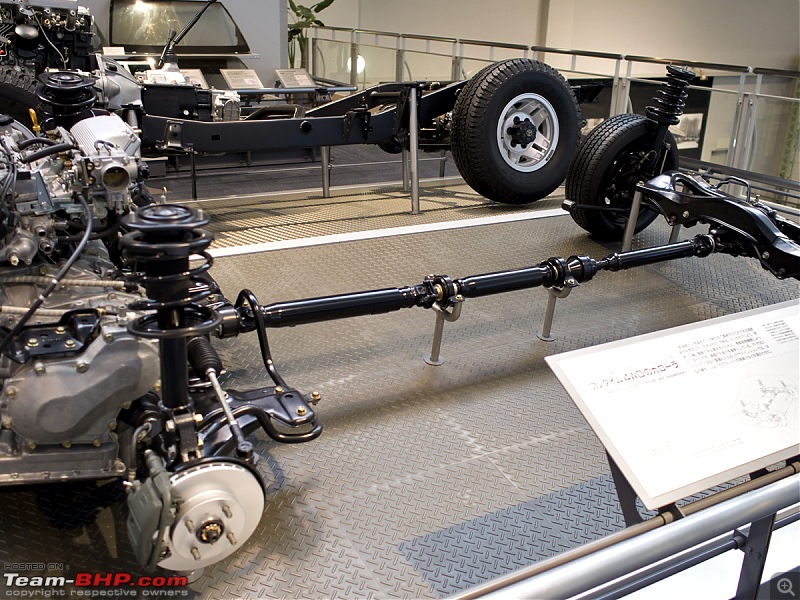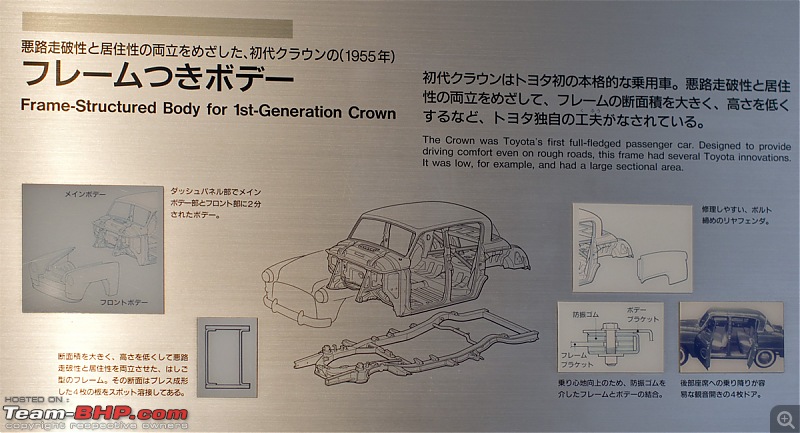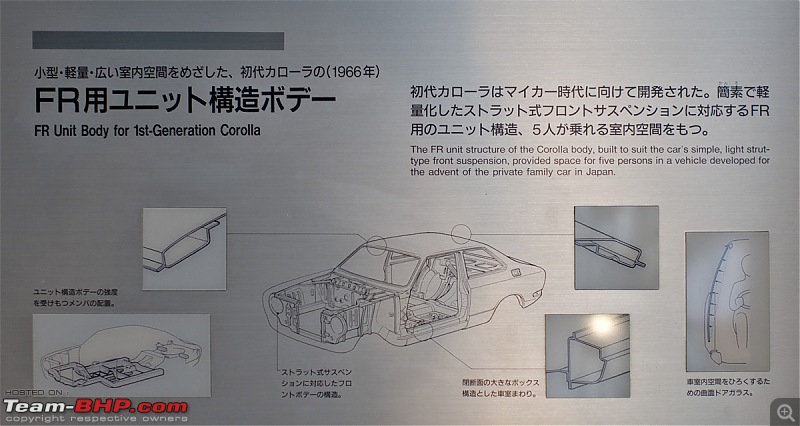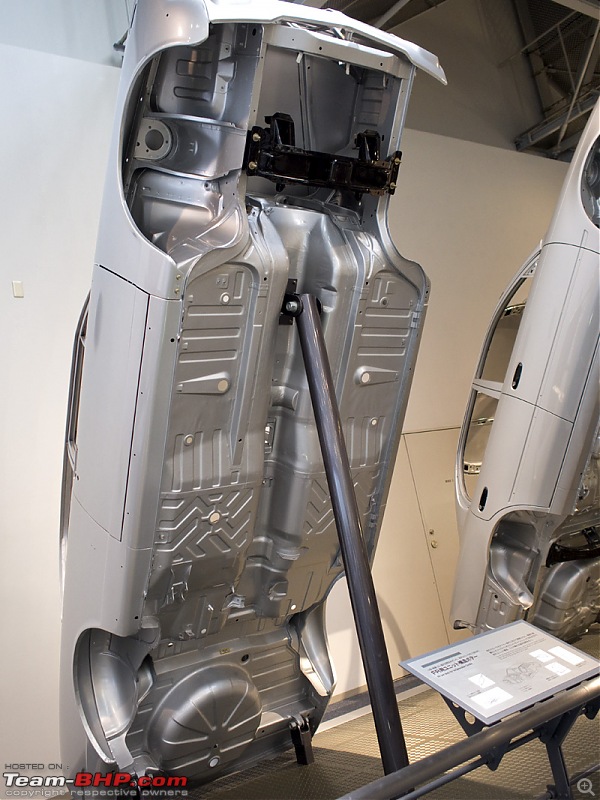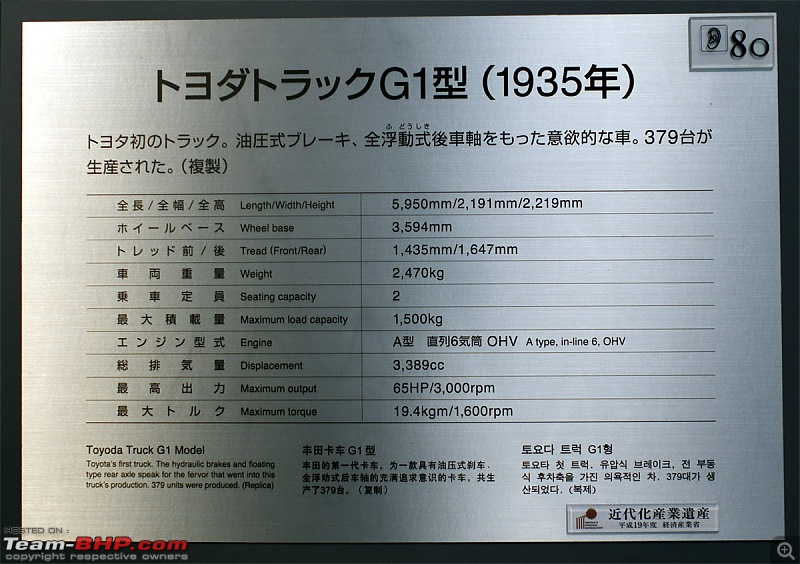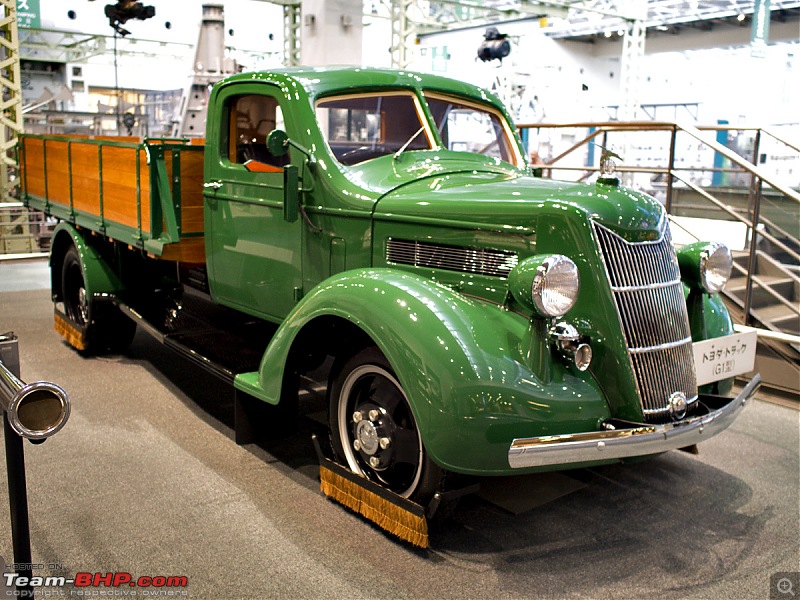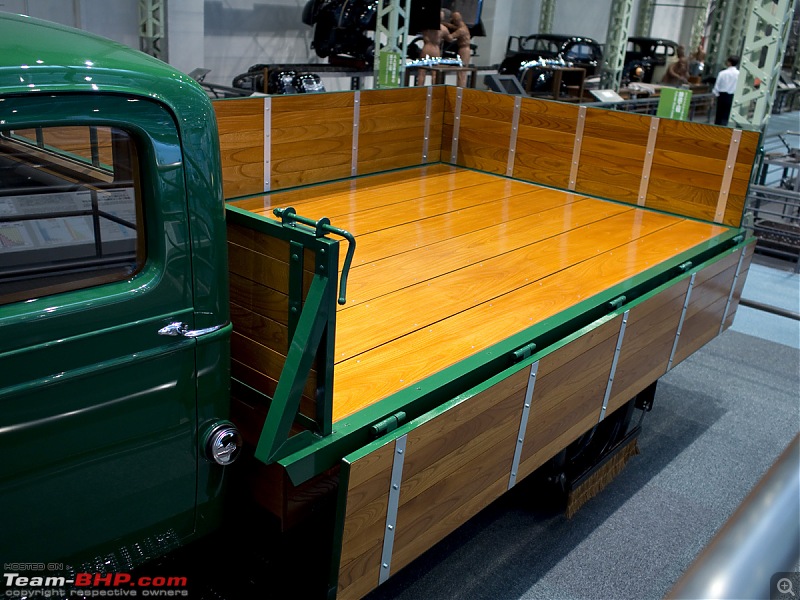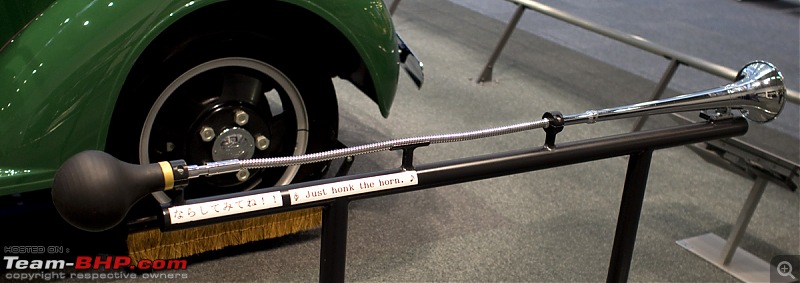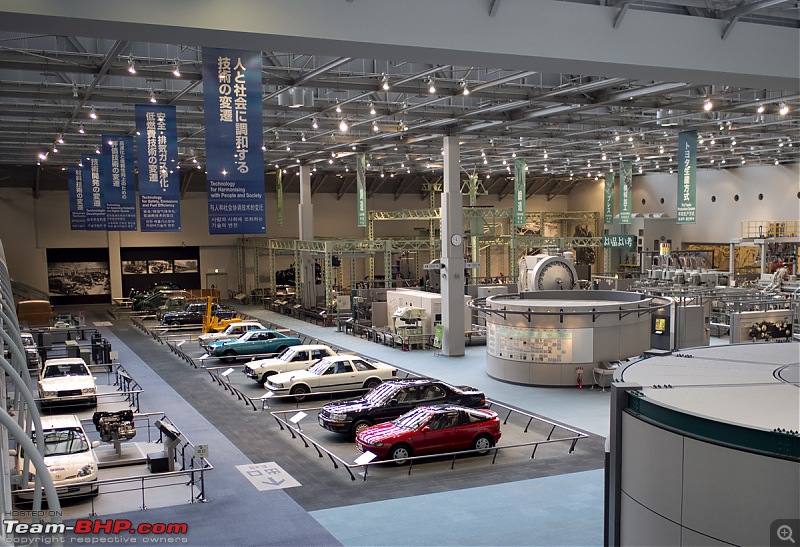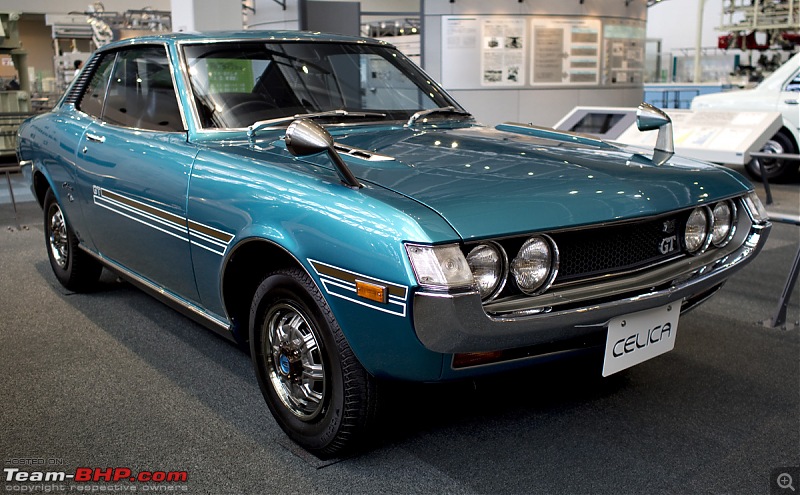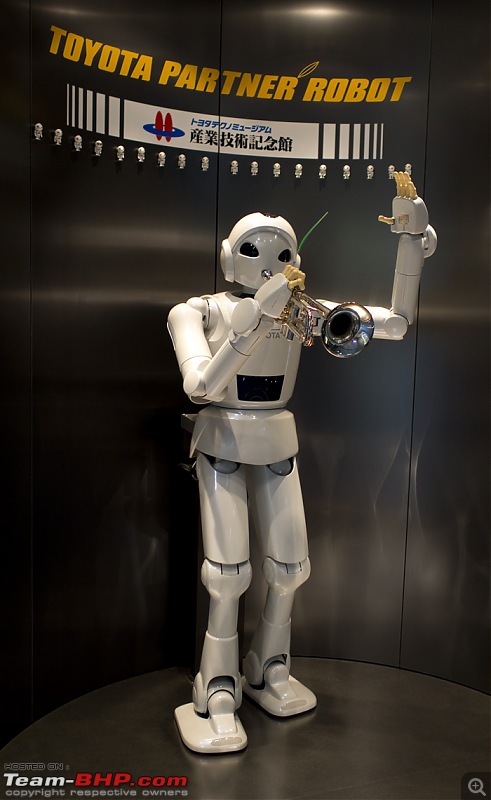| | #1 |
| Team-BHP Support  | |
| |  (33)
Thanks (33)
Thanks
|
| |
| | #2 |
| Team-BHP Support  | |
| |  (19)
Thanks (19)
Thanks
|
| | #3 |
| Team-BHP Support  | |
| |  (16)
Thanks (16)
Thanks
|
| | #4 |
| Team-BHP Support  | |
| |  (19)
Thanks (19)
Thanks
|
| | #5 |
| Team-BHP Support  | |
| |  (18)
Thanks (18)
Thanks
|
| | #6 |
| Team-BHP Support  | |
| |  (24)
Thanks (24)
Thanks
|
| | #7 |
| Team-BHP Support  | |
| |  (16)
Thanks (16)
Thanks
|
| | #8 |
| Team-BHP Support  | |
| |  (35)
Thanks (35)
Thanks
|
| | #9 |
| Team-BHP Support  Join Date: Feb 2004 Location: Bombay
Posts: 24,037
Thanked: 34,069 Times
| |
| |  (2)
Thanks (2)
Thanks
|
| | #10 |
| BHPian Join Date: Jul 2012 Location: Bangalore
Posts: 46
Thanked: 35 Times
| |
| |  (1)
Thanks (1)
Thanks
|
| | #11 |
| Distinguished - BHPian  | |
| |  (1)
Thanks (1)
Thanks
|
| |
| | #12 |
| BHPian Join Date: Nov 2010 Location: Dubai (Thane)
Posts: 53
Thanked: 33 Times
| |
| |  (1)
Thanks (1)
Thanks
|
| | #13 |
| BHPian | |
| |  (2)
Thanks (2)
Thanks
|
| | #14 |
| Distinguished - BHPian  Join Date: Jan 2010 Location: TVPM
Posts: 3,816
Thanked: 11,703 Times
| |
| |  (1)
Thanks (1)
Thanks
|
| | #15 |
| Team-BHP Support  | |
| |  (4)
Thanks (4)
Thanks
|
 |
Most Viewed








